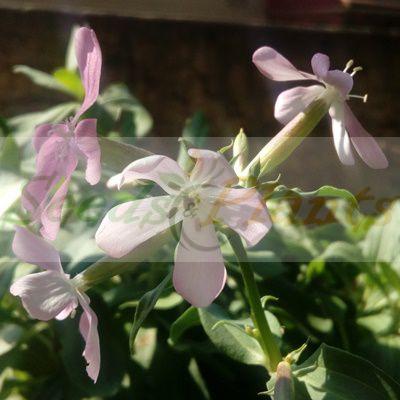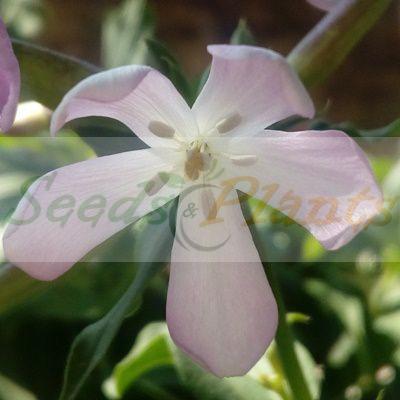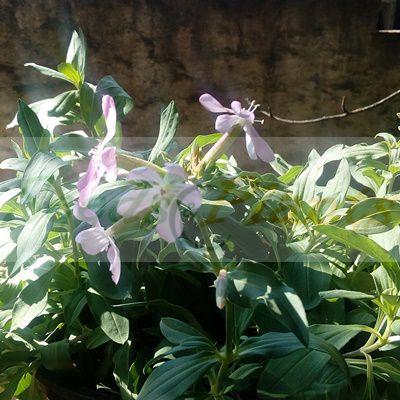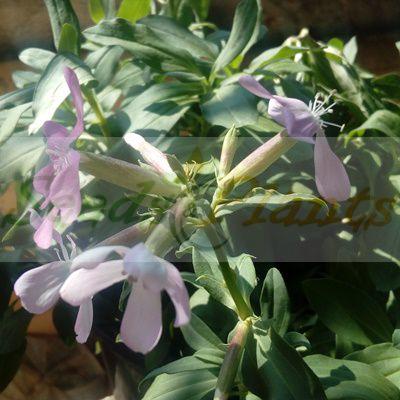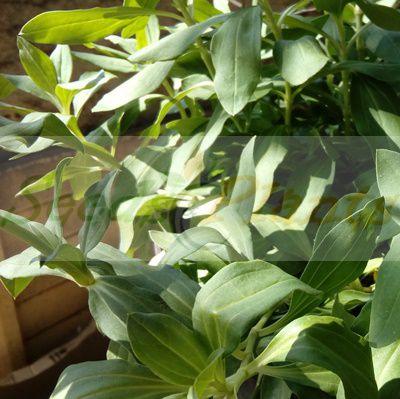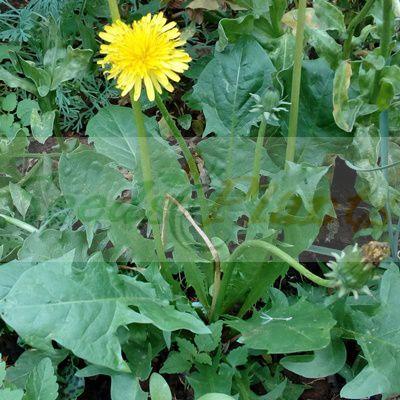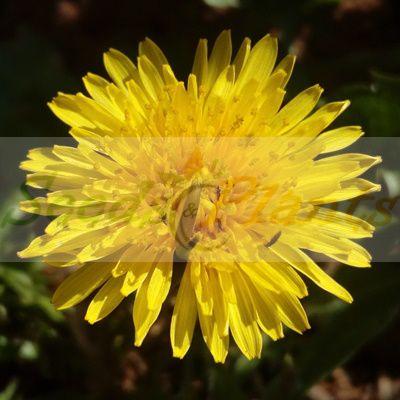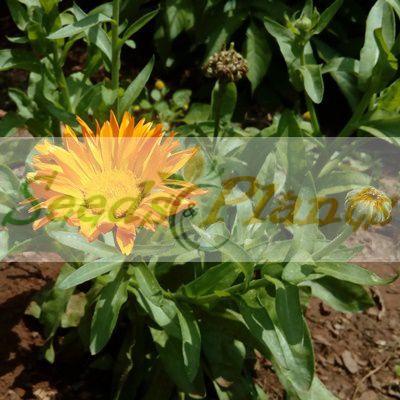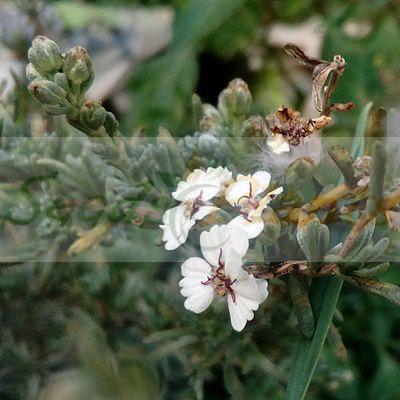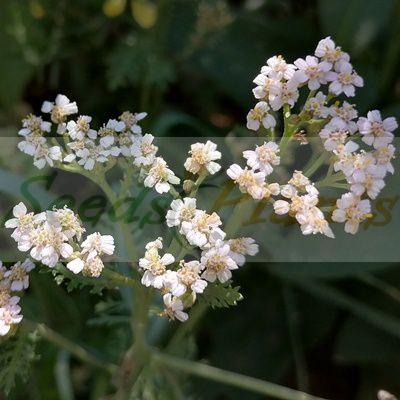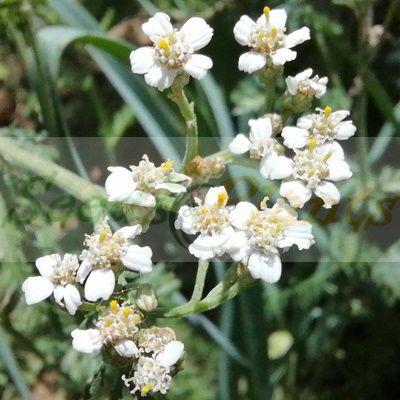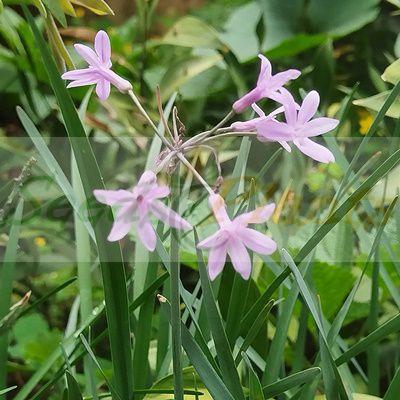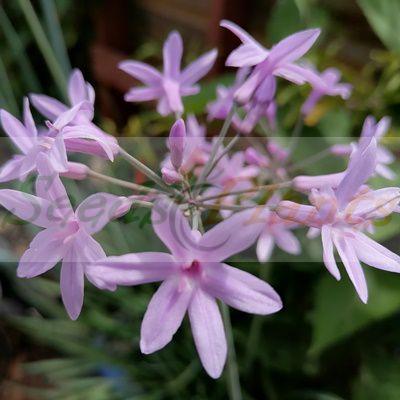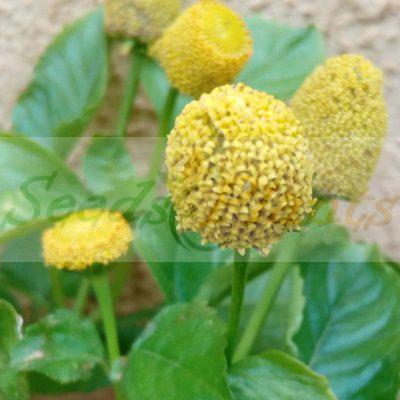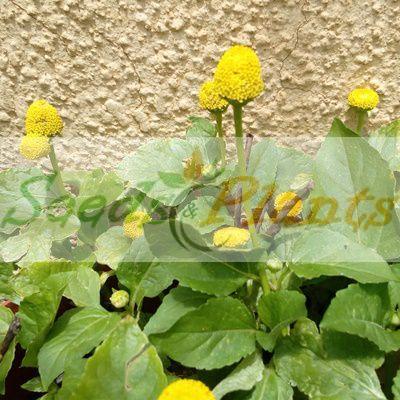Soapwort – 10 Seeds
(Saponaria officinalis)
R30.00
Soapwort is a perennial herb used to make soaps and detergents.
Common Names: Common soapwort, bouncing-bet, crow soap, wild sweet William and soapweed.
Seed Type: Organic – Harvested from our own plants.
Indoor Sowing: Cold Stratification and then sow in Late Winter.
Direct Sowing: Autumn.
In stock
Soapwort (Saponaria officinalis) is a perennial herb that gets its name from it commonly being used to make soaps. This plant has many common names, including bouncing-bet, crow soap, wild sweet William, and soapweed.
With its pretty blooms and long blooming period, it is a beautiful addition to any garden. Soapwort can grow anywhere from one to three feet high. It blooms midsummer to late fall with small five-petaled flowers. The flowers of the soapwort plant are extremely fragrant and tend to attract butterflies. The most common varieties of soapwort bloom pink flowers, but there are a few other varieties that have white or yellow flowers.
Soapwort Uses
As its name implies, it can be used as a very gentle soap, usually in dilute solution. All parts of the soapwort plant can be used in making mild soaps and detergents. It has historically been used to clean delicate or unique textiles, especially woollen fabrics. A lathery liquid that has the ability to dissolve fats or grease can be procured by boiling the leaves or roots in water. Leaves are chopped, boiled, and strained; the liquid can then be used as soap. In the Romanian village of Șieu-Odorhei, natives call the plant săpunele. It is traditionally used by the villagers as a soap replacement for dry skin.
Growing Soapwort
Indoor Sowing: Cold Stratification and then sow in Late Winter.
Direct Sowing: Autumn.
- It will tolerate nearly any type of soil as long as it is well draining.
- The plants prefer a spot with full sun to partial shade.
- For indoor sowing, first cold stratify the seeds for 4 weeks and then surface sow the seeds in a well-draining soil mix.
- Barely cover the seeds with a very thin layer of soil.
- Keep soil moist until germination.
- Alternatively you can surface sow the seeds directly into the garden in Autumn and they will then germinate in Spring.
- Sow the seeds on the surface of the compost.
- The seeds need light to germinate so barely cover the seeds with the lightest sprinkling of sieved soil or a fine layer of vermiculite.
- Make sure to space plants at least a foot apart as they will spread.
- Though soapwort will put up with a fair amount of neglect, try to keep it watered during hot and dry months. The soil should be moist—but not soaked—and drain well.
Disclaimer
Medicinal Information:
All medicinal information on this website is for educational and informational purposes only and may not be construed as medical advice. The information is not intended to replace medical advice or treatment offered by healthcare professionals.
Seeds, Plants, Plant Cuttings, Geophytes and Dried Herbs:
In some countries and provinces, certain plants are deemed as invasive and are not allowed to be planted at all, whilst some plants are allowed to be grown only in certain areas or provinces. The onus is on you as the buyer to familiarize yourself with the regulations pertaining to your location, before purchasing any of our seeds, plants, plant cuttings, geophytes or dried herbs. We will not be held liable, should you purchase any seeds, plants, plant cuttings, geophytes or dried herbs. from us which are prohibited in your country or province.
Related products
(Murraya koenigii)




